Visual Communication Worksheets Results
The Communication Skills Workbook - Whole Person
The Communication Skills Workbook is designed to be used either independently or as part of an integrated curriculum. You may administer one of the assessments and the journaling exercises to an individual or a group with whom you are working, or you may administer a number of the
https://url.theworksheets.com/7v72881 Downloads
Preview and Download !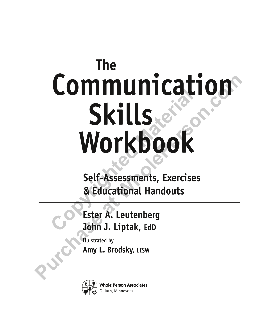
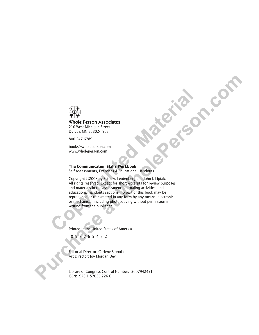
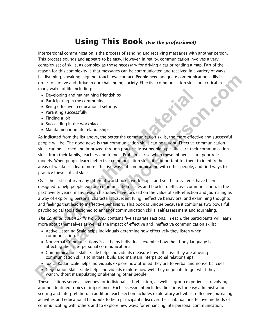
50 Communications Activities
how important clarify of communication is to being understood. 50 Communications Activities, Icebreakers, and Exercises 16 Difficulty Rating: Low to medium Variations: Use your own choice of confusing quote or ask participants to share some confusing quotes they know of. 17
https://url.theworksheets.com/7v21719 Downloads
Preview and Download !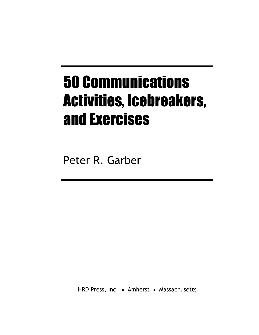
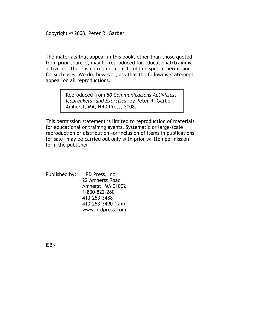
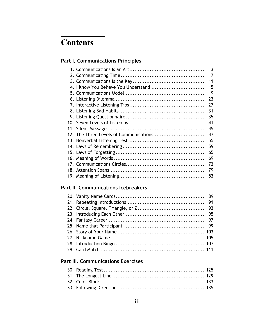
Developing Effective LISTENING SKILLS
communication: • Factual: conveyed through an accounting of information and facts • Perceptive: a conveyance of beliefs and thoughts, with or without regard to facts • Emotive: feelings and emotions conveyed through verbal, vocal, or visual channels • Mixed: conveyed through sarcasm, cliché, or humor 8 4
https://url.theworksheets.com/7uc475 Downloads
Preview and Download !
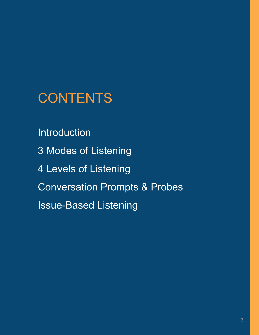
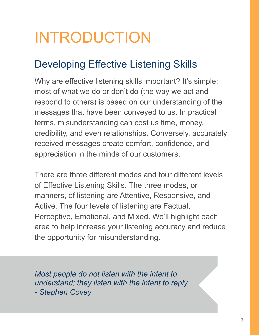
Lesson 1: Understanding Communication Basics
EFFECTIVE COMMUNICATION . Visual 1.8 . Instructor Notes: Present the following key points. Transcript: Effective communication is essential in the workplace. The average worker spends 50percent of the day communicating, and one-fourth of all workplace mistakes are the result of p oor communication.
https://url.theworksheets.com/1h5n323 Downloads
Preview and Download !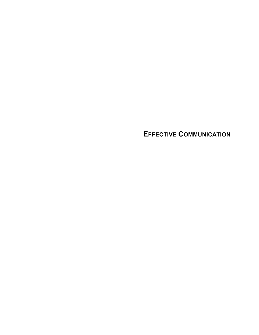

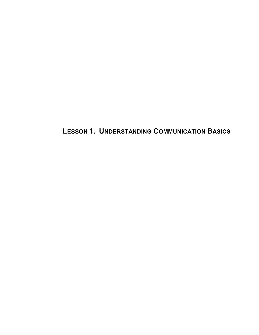
Just for Adults Deductions
thinking difficulties. Communication, decision making, and problem solving can become very confusing or overwhelming if these skills are impaired. Many factors can hinder the ability to use deductive reasoning, such as: • Difficulty understanding language or concepts due to aphasia. • Difficulty using convergent and divergent language skills.
https://url.theworksheets.com/7fd511 Downloads
Preview and Download !


Effective Communication - Reading Material
The two-way communication process involves the transmission of a message from a sender to a receiver and back. Communication may take place through speech, hand signals, or other form. All communication involves eight steps, regardless of the form used. Encoding the message Developing an idea Transmitting the message Reception of the message
https://url.theworksheets.com/8ga814 Downloads
Preview and Download !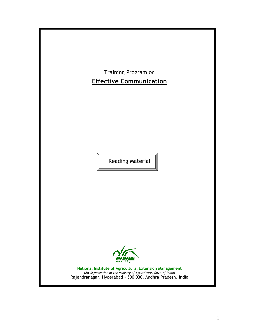
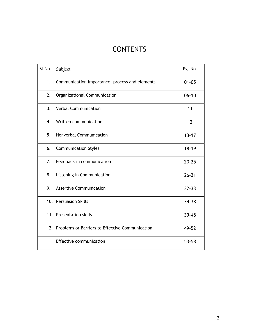
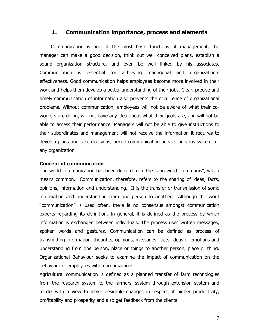
Communication - DOL
Communication comes in many forms: • verbal (sounds, language, and tone of voice) • aural (listening and hearing) • non-verbal (facial expressions, body language, and posture) • written (journals, emails, blogs, and text messages) • visual (signs, symbols, and pictures)
https://url.theworksheets.com/7vj194 Downloads
Preview and Download !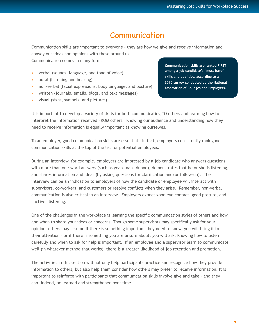
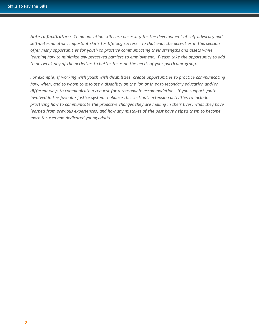
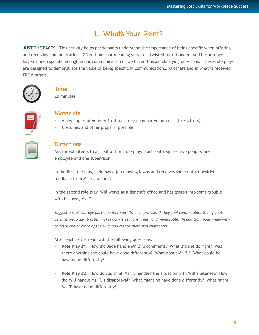
Ideas for Better Communication
Communication Roadblocks . Step 1 . Introduce the topic of communication roadblocks: In this session we’ll take a look at some things that contribute to communication problems and discuss some ideas for overcoming those difficulties. This idea of sending and receiving messages is the basis of communication. A conversation or
https://url.theworksheets.com/ajf394 Downloads
Preview and Download !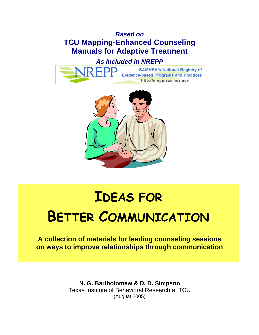
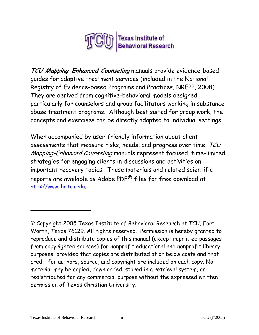
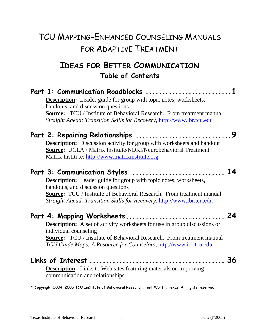
Choose which communication methods to use
Use oral and visual communication methods if less than 100 percent of the target audience is literate. Do not rely on written methods alone. Oral and visual methods include speaking at community meetings, giving demonstrations and creating illustrated posters. Test the visual methods to ensure that people understand the pictures.
https://url.theworksheets.com/ajc243 Downloads
Preview and Download !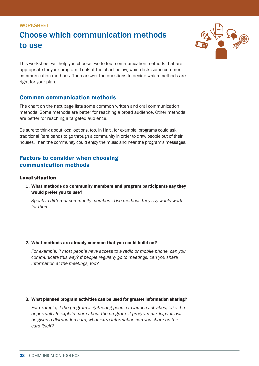
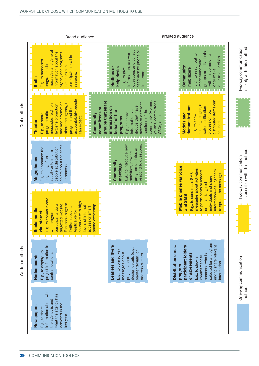
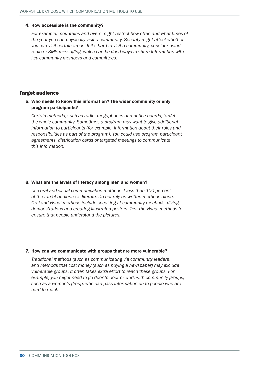
Visual Communication - University of Texas at Austin
Teachers should instruct students to prepare to explore visual communication further by performing a non-verbal communication experiment similar but more robust than the ENGAGE activity. Students should write a 1-2 sentence hypothesis predicting what eye features convey the most information about someone’s emotional state.
https://url.theworksheets.com/aja187 Downloads
Preview and Download !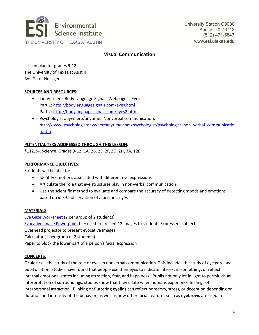
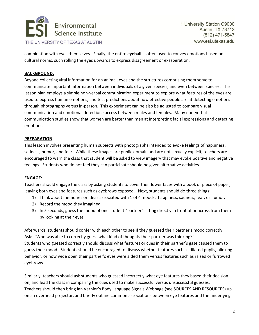
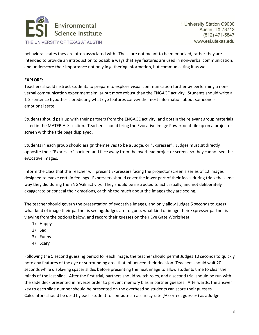
Next results >>